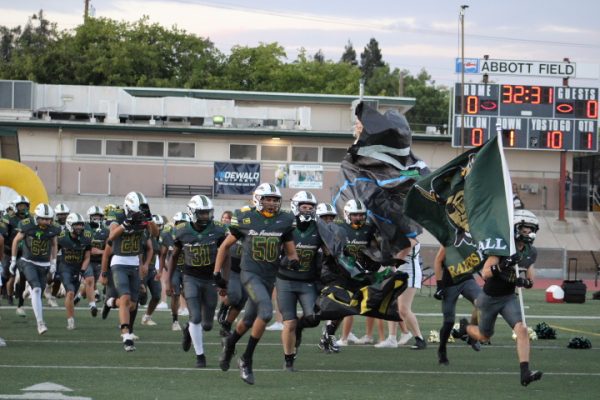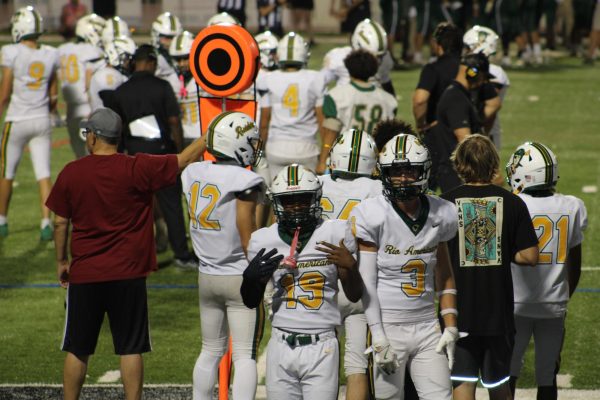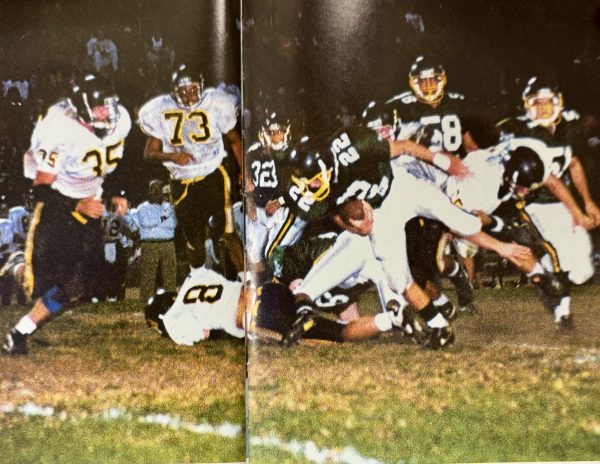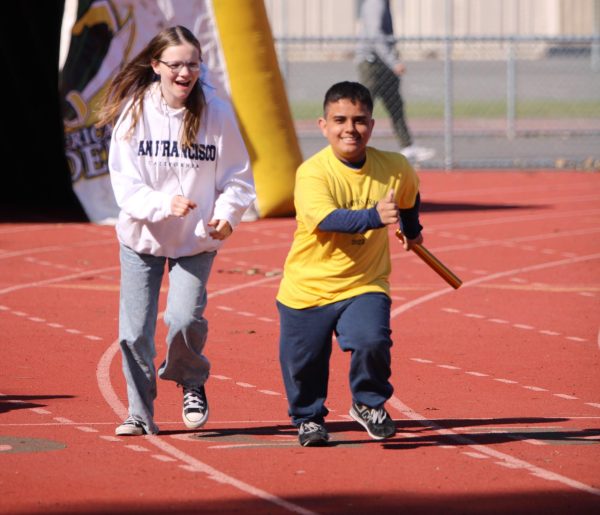Athletes Compete Against Dress Codes
Photo By Jane Snider
Varsity boy runners [left to right] Nicolas Gorman (10), Zach Chambers (9), Ross Gowan (10), Jensen Salvatori (11), Conner Ettinger (11), and Ermayes Mamo (9)
A recent disagreement on the cross country team sparked a new question: is there a school sports dress code?
Many people have an opinion about the dress code at school, but when it comes to athletics, students have never been told what to wear aside from their coach’s requirements.
In early September, cross country athletes returned from their run dripping in sweat, no shirts in sight. Coach Anton Escay then broke the news: due to a parent complaint, athletes had to wearshirts on campus.
This rule applied to both male and female athletes, but Principal Brian Ginter explained it mostly revolved around girls.
He said, “There were a number of concerns from parents that the girls were running in the community just in sports bras.”
Cross country runners were upset, pointing out that water polo players wore speedos, yet when it’s approaching 100 degrees, runners are expected to wear their shirts.
This brought up the controversy if we have a dress code for sports.
“There isn’t anything written down as far as a sports dress code goes,” Ginter said. “A way we look at it in general, is that athletes, now this was more specifically brought up around the topic of the cross country team, is that the idea was that students should not wear anything less than what they wear for competition.”
This rule justifies the administration’s argument and can be applied to all sports, but cross country Coach Lea Wallace presented another perspective.

“Training sessions are different from competitions,” said Wallace. “They are longer and harder and this consequently means they may require different attire.”
Wearing nothing less than in competition seems the most equitable considering sport’s different attires would be impossible to consider in one dress code for all athletics; some sports are in water, while others have contact and require equipment.
Football, for example trains with all their gear on, despite the heat.
“The way I look at it is the nature of football you need to have your equipment on to be protected while you’re practicing,” Ginter said.
Coaches of most sports either require shirts, or it is simply the norm of the sport, but in cross country this was not the case until the recent complaint.
“We train in what we are most comfortable training in,” said Wallace.
The Sacramento heat plays a crucial role in the topic of sports dress code because most athletes only wear small amounts of clothing to avoid being hotter than necessary.
“Plenty of the folks were very upset because it does make a difference what you’re wearing whenever you’re running. It may be a small amount, but it does make a difference to them,” Ginter said.
The recent disagreement on the cross country team has been handled since, and athletes are allowed to run shirtless again. The concept on a specific sports dress code remains undecided, but for now the unwritten rule suggests the same attire as competition is to be emulated at practice.









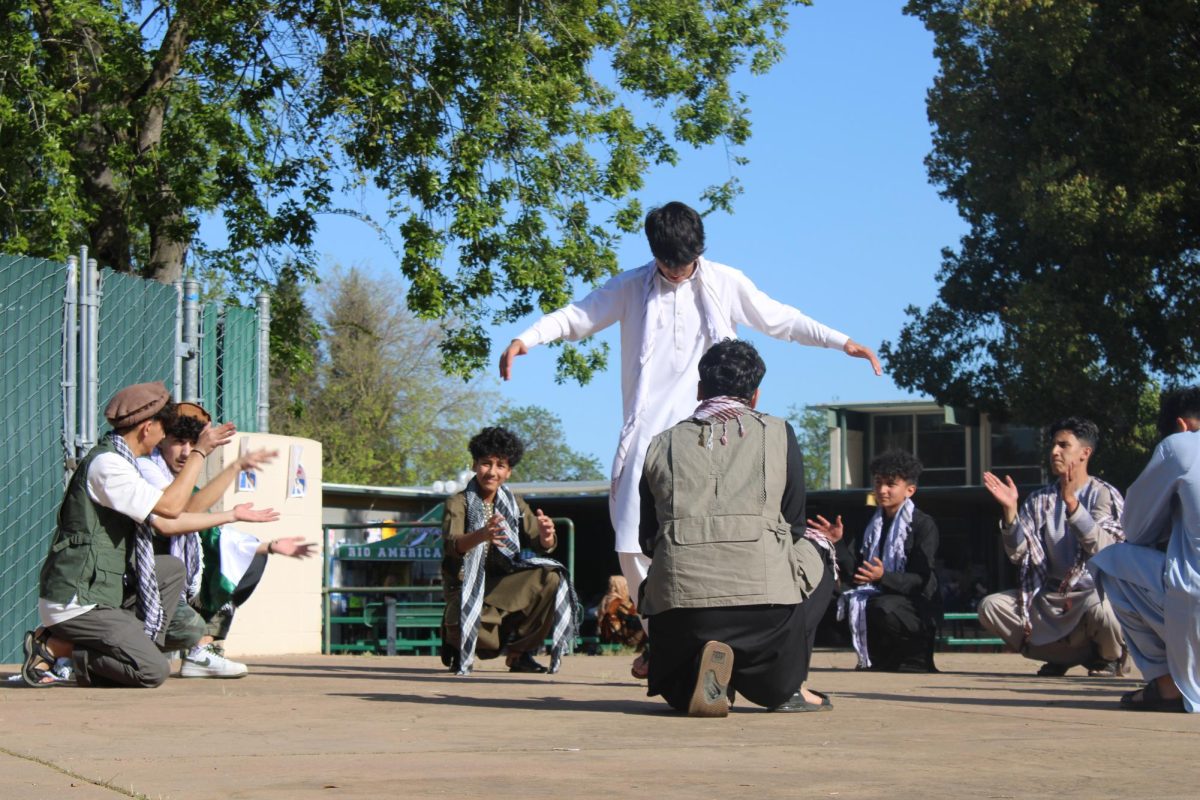



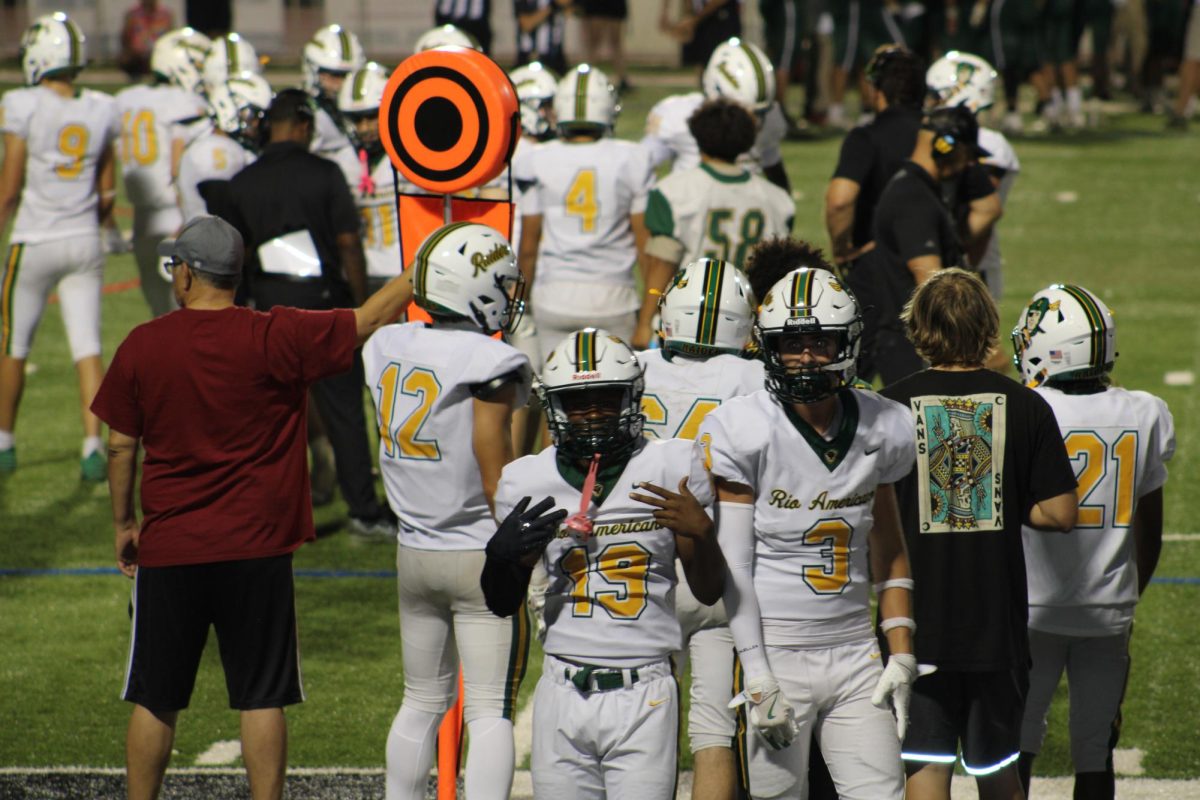

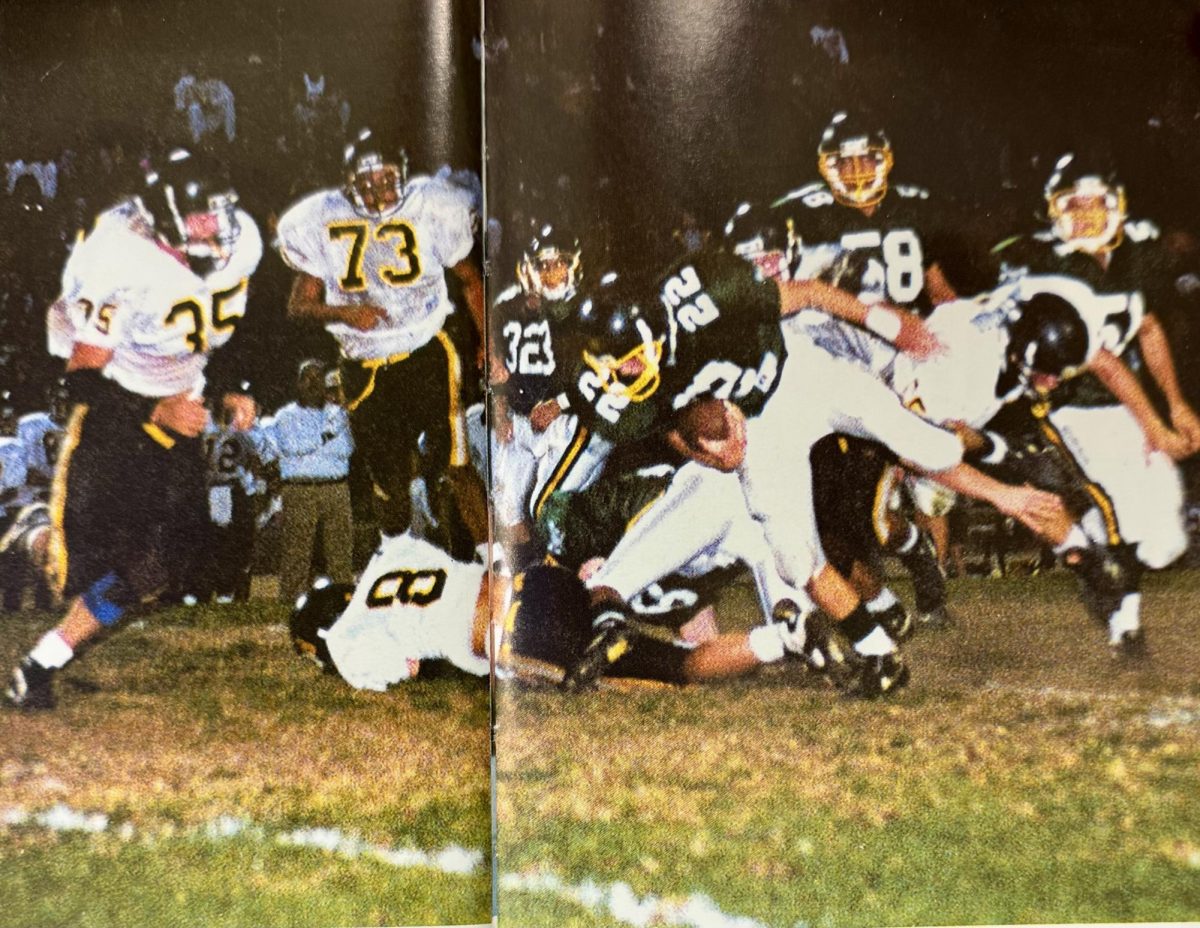
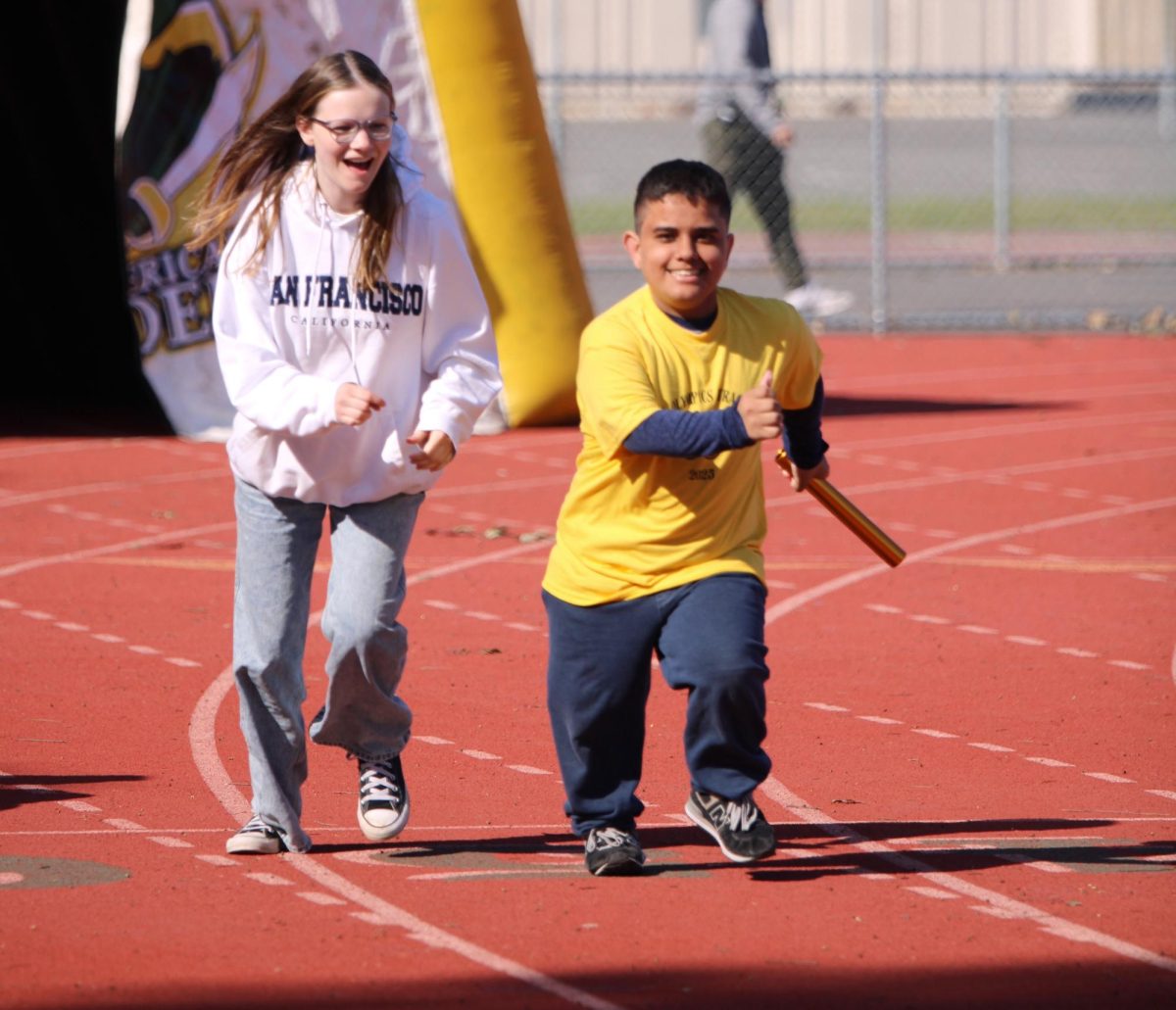
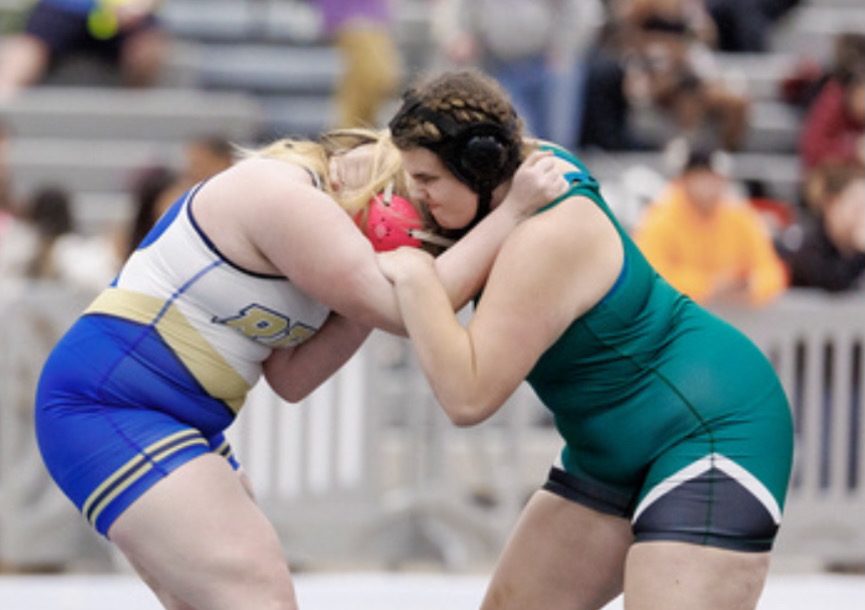
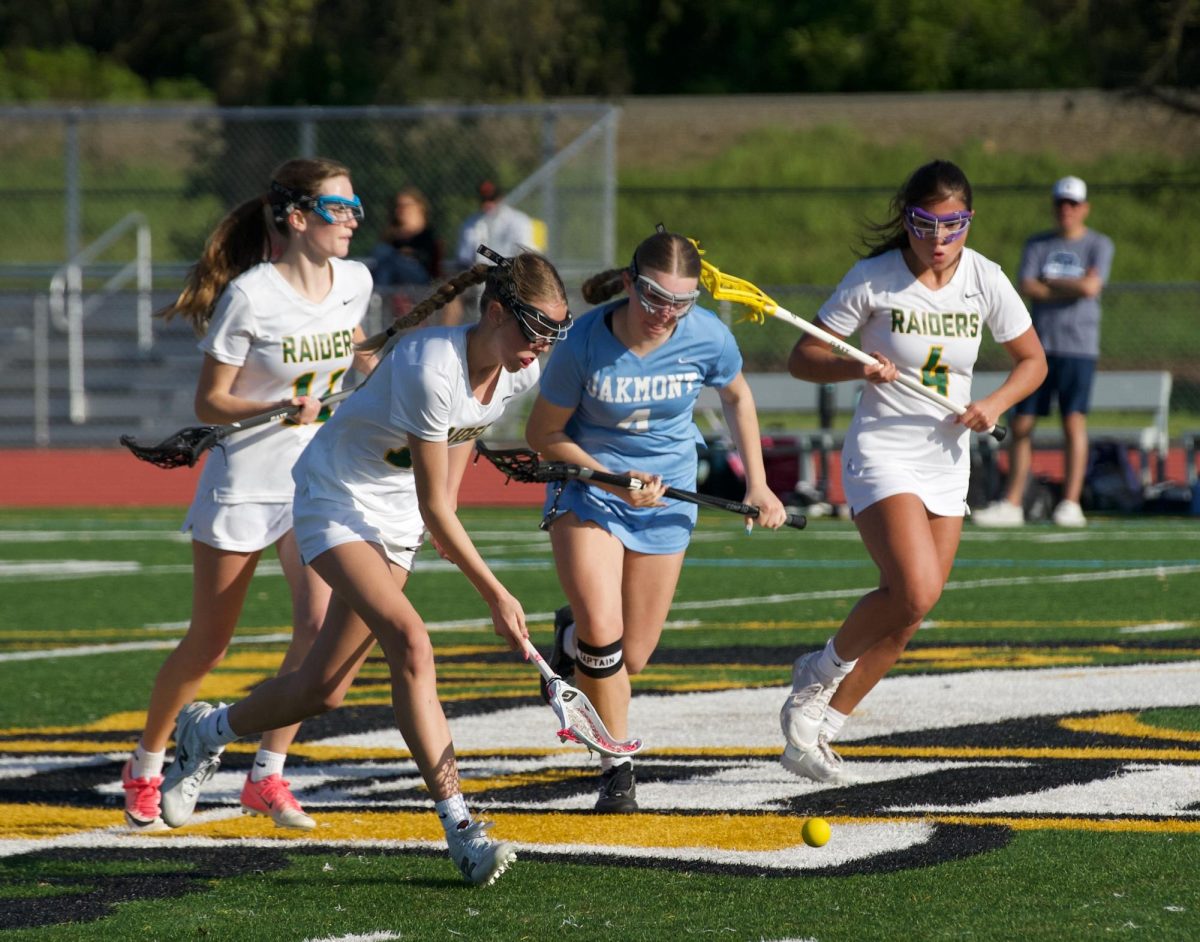

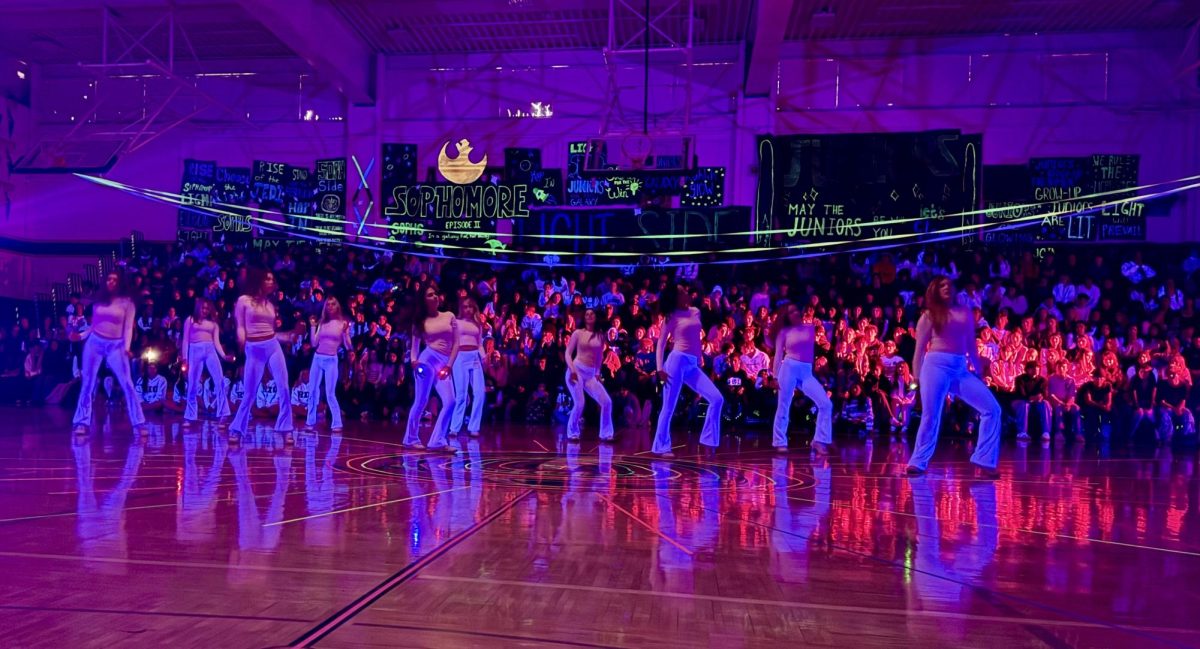







![Varsity boy runners [left to right] Nicolas Gorman (10), Zach Chambers (9), Ross Gowan (10), Jensen Salvatori (11), Conner Ettinger (11), and Ermayes Mamo (9)](https://www.riomirada.org/wp-content/uploads/IMG_0016-900x600.jpg)

